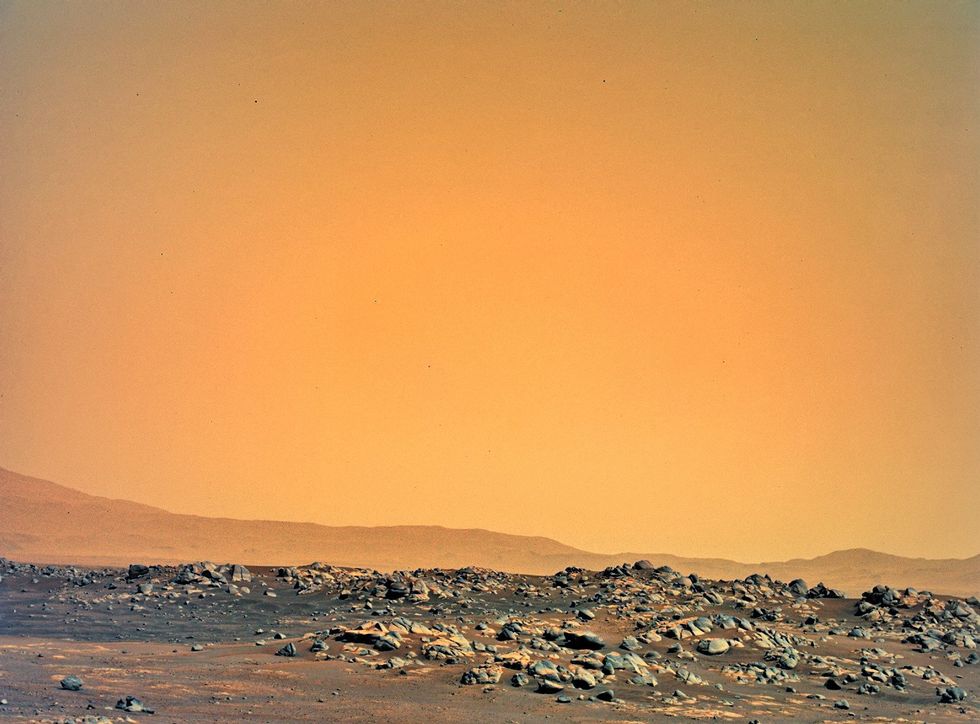Harry Fletcher
Jan 29, 2024
NASA's Ingenuity mission ends on Mars
Fox - LA / VideoElephant
Is there life on Mars? Well, very possibly, according to scientists.
In fact, the search for life on the Red Planet has taken a very encouraging turn, with experts claiming that the key could already have been found under the surface.
It’s all based on the exploits of the Perseverance rover which has provided data recently which has convinced scientists that at least one of the crates on Mars used to be filled with water.
Now, water is a very promising indicator when it comes to finding life, and images obtained from the craft’s underground radar also suggest that we could be much closer to finding fossils of microbial life than ever before.
The Jezero Crater is the focus of NASA scientists at the moment as it’s believed the location was the site of a lake which was once joined by a river.
The samples obtained from the site are very encouraging, with the first author of a new study published in Science Advances saying that the samples obtained by the rover are promising.

Planetary scientist David Paige from the University of California Los Angeles said: “From orbit we can see a bunch of different deposits, but we can't tell for sure if what we're seeing is their original state, or if we're seeing the conclusion of a long geological story. To tell how these things formed, we need to see below the surface."
The Perseverance can map layers of soil down to 20 metres and findings suggest that the layers of sediment are constructed in such a way that is comparable to a lake you’d find on Earth.
The rover has collected sediment samples and some of which suggest organic compounds could be among them. We’ll have to wait until the rover returns to Earth to fully understand the implications of the finds, but it’s a fascinating breakthrough in the search for alien life on the Red Planet.
The authors of the study said: “This sequence of events… reinforces the notion that Jezero crater has recorded a rich geological history that was driven by large-scale changes in the martian environment.
"A more complete understanding of these events may need to await the return and analysis of the Perseverance samples."
Sign up for our free indy100 weekly newsletter
How to join the indy100's free WhatsApp channel
Have your say in our news democracy. Click the upvote icon at the top of the page to help raise this article through the indy100 rankings
Top 100
The Conversation (0)














